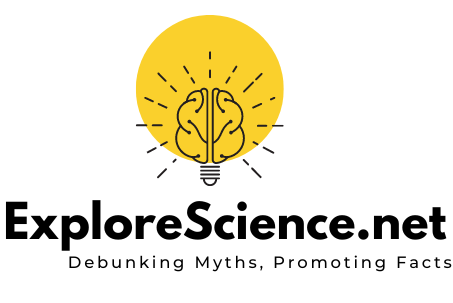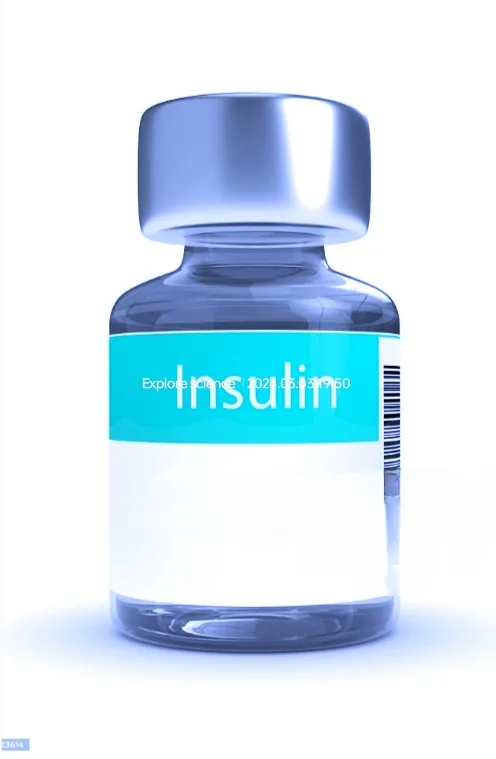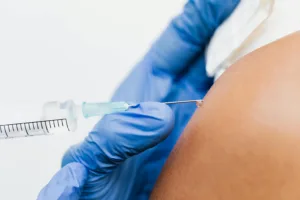 Introduction:
Introduction:
The pancreas secretes the hormone insulin, which is essential for controlling blood sugar levels and metabolism in humans. What does insulin do, it open cells so that circulatory glucose may enter and be used as fuel. Without insulin, blood sugar levels would grow uncontrollably, starving cells and causing major health problems. Insulin is necessary to keep blood sugar levels in check and to make sure that all of the body’s tissues and organs are operating correctly.Because it makes it easier for cells, especially muscle and fat cells, to absorb glucose, insulin plays a critical role in controlling blood sugar levels.
In order to avoid hyperglycemia, it encourages the body to store extra glucose as glycogen in the muscles and liver. Furthermore, insulin reduces gluconeogenesis—the liver’s process of producing glucose from non-carbohydrate sources—by inhibiting the liver’s ability to create glucose.Insulin affects both the metabolism of proteins and fats. It promotes the production of proteins, which are necessary for the upkeep, repair, and growth of cells. By encouraging the intake of fatty acids and preventing their breakdown, insulin also contributes to fat storage. Insulin makes sure that cells get the energy and nutrients they require to perform at their best by controlling these metabolic processes.
what is insulin ?
The beta cells of the pancreas, an organ situated behind the stomach, create the hormone insulin. It is usually released after a meal in response to elevated blood sugar levels. Insulin is essential for controlling the body’s metabolism of glucose.Insulin is produced and released by a strictly controlled process.
What does insulin do ?
Synthesis:
Proinsulin, a precursor molecule, is used to create insulin inside the pancreatic beta cells. Within the beta cells, proinsulin is cleaved enzymatically to produce mature insulin and C-peptide, a smaller peptide. Equimolar levels of C-peptide and insulin are released into the bloodstream.
Production: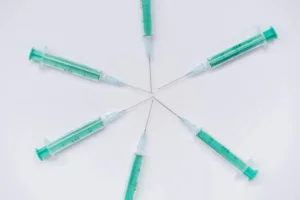
Glucose transporters and other communication processes let beta cells detect a spike in blood sugar levels, which often occurs after eating. When blood glucose levels rise, beta cells discharge insulin into the circulation. Insulin production is also stimulated by other substances, including fatty acids, amino acids, and hormones like glucagon-like peptide 1 (GLP-1).After being released, insulin binds to insulin receptors on the surface of target cells, including liver, muscle, and fat cells, and then moves through the bloodstream.
Action:
What does insulin do the insulin binds to its receptors, a series of intracellular signaling processes are set off, which cause the glucose transporters (GLUT4) to relocate to the cell membrane. This permits the entry of glucose into the cells, where it can be stored for later use or used as energy.
How insulin regulate blood sugar level: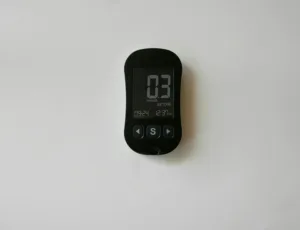
Insulin promotes glucose transport, which is the process by which glucose is taken up into cells and helps control blood sugar levels. This is what does insulin do.
Insulin causes the translocation of the glucose transporter protein (GLUT4) from intracellular vesicles to the cell membrane by binding to its receptors on the surface of target cells. The channels created by these transporter proteins let glucose enter the cell. In response to insulin signaling, GLUT4 transporters are inserted into the cell membrane. This allows glucose to be taken up from the bloodstream and into the cytoplasm of the cell.
Intracellular Glucose Metabolism:
After entering the cell, glucose is broken down by a number of different metabolic processes, which take place mostly in the mitochondria and cytoplasm, to produce ATP and other metabolic intermediates. Insulin ensures that glucose metabolism occurs smoothly and gives cells the energy they require to function.Several essential processes are involved in the metabolism of glucose in cells.
Glycolysis:
A sequence of enzyme processes known as glycolysis is the process by which glucose is metabolized. Glycolysis is the process by which glucose is broken down into pyruvate and produces a tiny amount of the energy carriers NADH and ATP.The Krebs Cycle (Citric Acid Cycle) is initiated when pyruvate enters the mitochondria and transforms into acetyl-CoA, which then proceeds to the citric acid cycle. Acetyl-CoA is oxidized during this cycle, producing more ATP, NADH, and even more
Electron Transport Chain (ETC):
The inner mitochondrial membrane’s electron transport chain receives electron donations from NADH and FADH2, which are produced during glycolysis and the citric acid cycle. The proton gradient produced by electrons moving through the ETC is what propels oxidative phosphorylation, which produces ATP.
Glycogenolysis:
Glycogenesis is the process by which extra glucose is stored as glycogen in the muscles and liver in addition to being immediately converted to energy. Insulin helps to keep blood sugar levels within a specific range by promoting glycogen production (glycogenesis) and inhibiting glycogen breakdown (glycogenolysis).
Role of insulin in preventing hyperglycemia:
Through a process known as glycogenesis, and what does insulin do during this process. The insulin encourages the liver and muscles to store extra glucose as glycogen. Insulin promotes the liver and muscle cells to take up glucose from the bloodstream when blood glucose levels rise. Upon entering the cells, glucose is transformed into glycogen, a branching polymer that functions as a glucose storage form.Insulin triggers the activation of the glycogen synthase enzyme, which catalyzes the conversion of glucose molecules into glycogen. Through the addition of glucose units to the expanding glycogen chain, a highly branched structure that can quickly mobilize in response to an increase in energy demands is formed.
Glycogen Storage:
The two main places where glycogen is stored are the muscles and the liver. Glycogen stores glucose in the liver, where it can be released into the bloodstream to keep blood sugar levels stable during fasting or times when the body needs more energy. Glycogen, a rapidly available source of energy in muscles, enables muscular contraction during exercise.Insulin helps cells, especially muscle and fat cells, absorb glucose. Insulin aids in the removal of extra glucose from the bloodstream by encouraging glucose uptake, which keeps blood sugar levels from increasing too high.
Inhibition:
The process by which glucose is produced from non-carbohydrate precursors like glycerol and amino acids is known as gluconeogenesis. Insulin lowers the risk of hyperglycemia by inhibiting gluconeogenesis, which stops the liver from producing too much glucose into the bloodstream.
Insulin inhibits gluconeogenesis:
Insulin suppresses gluconeogenesis, a metabolic route that produces glucose from non-carbohydrate precursors such amino acids, lactate, and glycerol, so preventing the liver from producing glucose. Insulin inhibits gluconeogenesis in the following ways:
Enzyme Regulation:
Insulin mainly modifies the gene expression and activity levels of important enzymes involved in gluconeogenesis. Phosphoenolpyruvate carboxykinase (PEPCK), which catalyzes an essential stage in the conversion of oxaloacetate to phosphoenolpyruvate, an intermediary in gluconeogenesis, is one of the major enzymes that insulin targets.
Glycolysis Activation:
Insulin encourages the glycolytic pathway to convert glucose to pyruvate, producing ATP and lowering the supply of substrates needed for gluconeogenesis. Insulin decreases pyruvate and other gluconeogenic precursor levels in the liver by inducing glycolysis, which in turn suppresses gluconeogenesis.
Hormonal Signaling inhibition:
During times of fasting or stress, hormones that promote gluconeogenesis, such as cortisol, glucagon, and catecholamines, are counteracted by insulin. Insulin reduces the activation of gluconeogenic enzymes and promotes glucose storage by suppressing glucagon release and blocking its signaling pathways.
Insulin prevents the breakdown of stored fats and proteins:
Protein Synthesis:
What does insulin do,insulin stimulates the absorption of amino acids into cells, especially muscle cells, by activating signaling pathways. This process results in the production of more proteins. Insulin stimulates the ribosomal machinery involved in protein synthesis and improves the translation of mRNA into proteins inside of cells. This process is necessary for the body’s general protein turnover, muscle growth, and tissue repair. Thus Precluding Protein Breakdown (Proteolysis). This inhibition, which is particularly beneficial during times of fasting or calorie restriction, serves to maintain lean muscle mass and stop the loss of proteins from tissues.
About the function of insulin in promoting fat storage and preventing fat deposits from being broken down.
Fat Storage: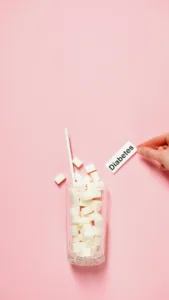
What does insulin do,insulin increases the absorption of fatty acids and triglycerides into adipose tissue, or fat cells, which in turn facilitates the storage of fats (lipids). Triglycerides are the main adipocyte-stored fat that are created when fatty acids are converted by insulin once they are inside the adipocytes. This procedure helps keep too much fat out of the blood and keeps lipids from building up in non-adipose tissues like muscle and liver.
Factors affecting insulin production:
Numerous factors, including as blood glucose levels, hormones, brain impulses, and other physiological parameters, affect the release of insulin:
Blood Glucose Levels: High blood glucose is the main trigger for insulin secretion. Using glucose transporters and other sensing systems, pancreatic beta cells are able to detect an increase in blood glucose levels. This causes the blood to release insulin, which helps lower blood sugar levels by promoting the uptake of glucose by cells.
Hormones:
A number of hormones affect the release of insulin. The pancreatic alpha cells that produce glucagon function as a hormone counter-regulatory to insulin. When fasting or when there is a greater need for energy, glucagon helps to elevate blood sugar levels by stimulating the liver’s release of glucose and inhibiting the secretion of insulin.
Neural Signals:
The autonomic nervous system’s neural signals also influence the release of insulin. Insulin release is facilitated by parasympathetic activation, which is mediated by the vagus nerve, particularly during meal consumption. Conversely, when there is a significant need for energy, such as during times of stress or exercise, sympathetic activity can suppress the release of insulin.
Nutritional Factors:
Insulin secretion can also be influenced by nutritional factors such fatty acids, amino acids, and ketones. Protein synthesis and tissue repair are facilitated by the release of insulin, which is stimulated by amino acids, particularly branched-chain amino acids. Depending on their content and metabolic condition, fatty acids can either promote or inhibit the production of insulin.
Summary
The hormone insulin, which the pancreas produces, helps cells absorb glucose and controls blood sugar levels.In order to avoid hyperglycemia, it encourages the liver and muscles to store extra glucose as glycogen.Insulin stimulates protein synthesis while blocking protein degradation and prevents the liver’s gluconeogenic pathway from producing glucose.Furthermore, insulin promotes the absorption of fatty acids and prevents the breakdown of fat reserves, which aids in the storage of fat.
